By Sean Fagan.
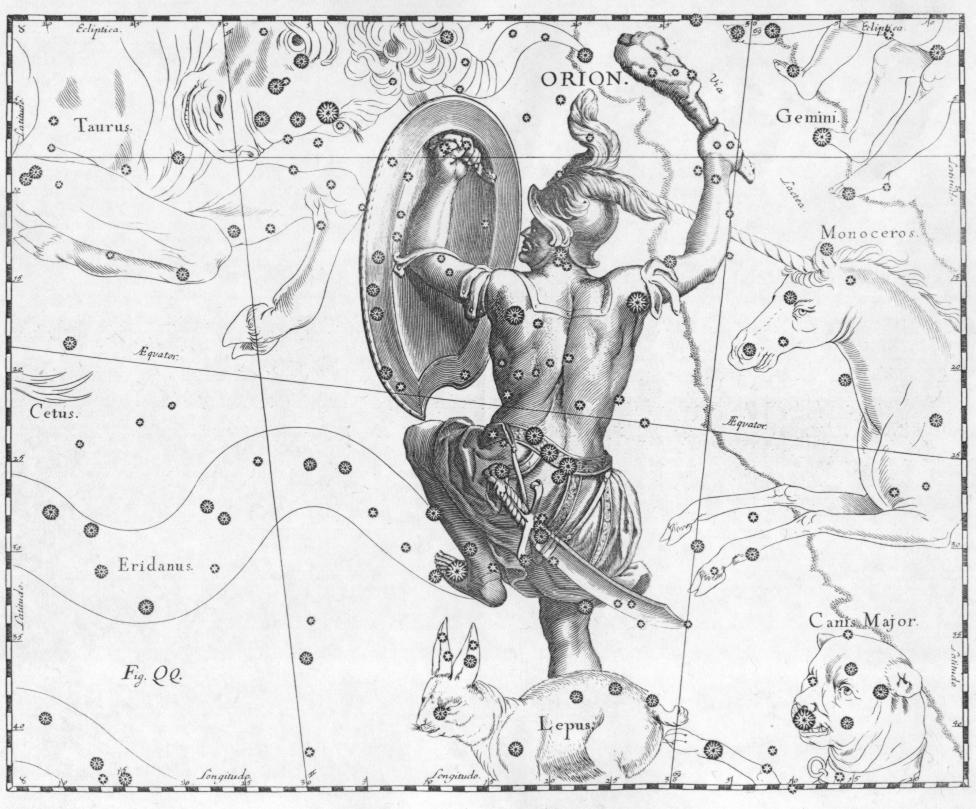
Orion, according to many cultures (such as Ancient Greece) was viewed as a great hunter (Photo: Wikimedia Commons).
.
WHY KNOWING ORION
WILL IMPROVE
YOUR
NAVIGATION SKILLS
.
.
Humans and the Stars...
Since prehistoric times humans have travelled - often for great distances.
Human travel has came under many guises. Trade routes, pilgrimages, colonisation and accompanying migrating herds of wild animals (such as reindeer) are some of the reasons why humans were compelled to travel long distances in the past.
Many long-distance travellers could, with great accuracy, use many cues from the natural world to find their way.
One of the most reliable natural cues used by many early navigators were the stars.
Of all the many historical examples of human travel across our planet, one of the most impressive were the Polynesian migrations. The early Polynesians used many environmental cues to assist them on their long voyages - such as wind direction, ocean currents, position of the sun, presence of certain bird species, even the scent of land was used.
The also had a fondness for sailing at night - as they were expert star-navigators.
THE GREAT POLYNESIAN MIGRATIONS
“Over the span of 800 years, Polynesians explored 16 million square miles of ocean and settled on every habitable island in the Pacific” (1)
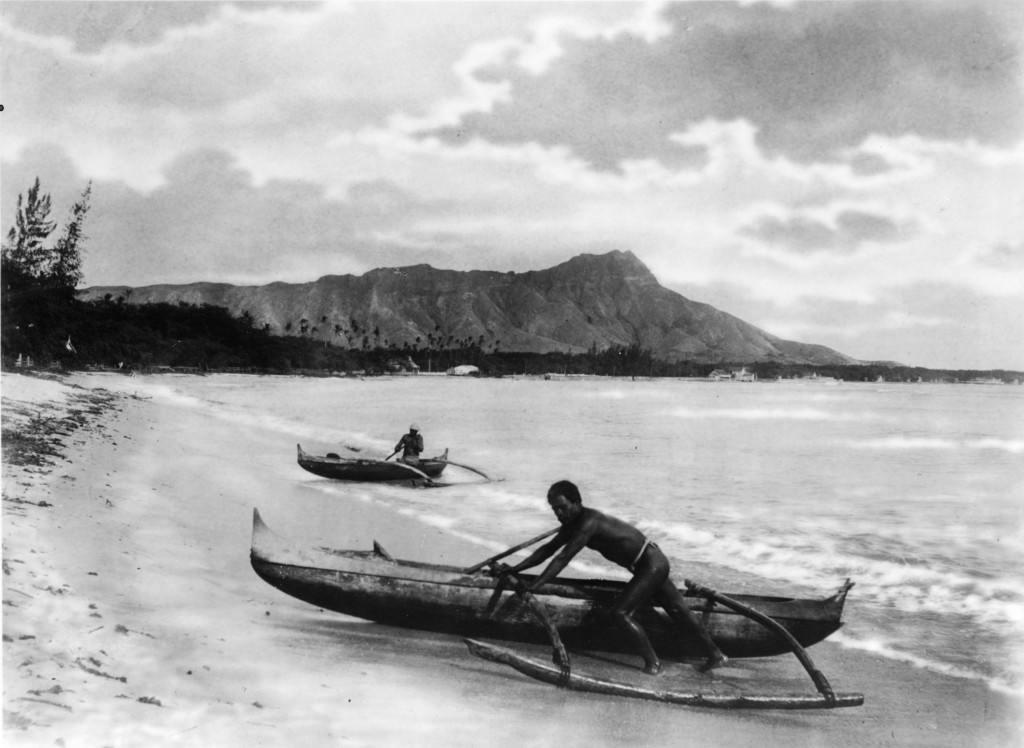
Example of a traditional, Polynesian fishing boat - complete with outrigger for stabilization. Larger versions of this boat design (called voyaging boats) were once used for the colonisation of Polynesia (Photo: Wikimedia commons, circa. late 1800's).
.
.
“Some love to roam o’er the dark sea’s foam, where the shrill winds whistle free” Charles McKay
.
Polynesia is comprised of numerous, mostly small, tropical islands scattered across a vast portion of the Pacific ocean.
Ancient Polynesians migrated the often long distances between islands on relatively small, sail boats. Such epic traversing of open ocean demanded great navigational skills (as getting lost at sea can have dire circumstances).
An interesting feature of ancient Polynesian navigation is that they would often sail at night using the stars to plot their course.
Their knowledge of the stars and their motions was incredible. It’s little wonder that good navigators were accorded high status in Polynesian society.
A good navigator could, in times of hardship, such as famine, ensure the safe passage of an entire village from one island to another island where refuge and food could be procured.
In our own way, as bushcraft or outdoor enthusiasts, we can emulate the great night-time travellers of the past, such as the early Polynesians, by using the stars to help us find our way in the dark.
One of the constellations used by the early Polynesians is the imposing constellation of Orion.
ORION
.
Each year as winter rolls in, one of the most prominent constellations of the night sky will begin to make its presence more strongly felt – Orion.
Orion’s immense, hour-glass shape make it a very recognisable and stark constellation of the night skies during winter and early spring.
.
Folklore of Orion
.
The earliest found reference of Orion is believed to be a carved representation of the constellation on a section of mammoth tusk, some 32,000 – 38,000 years ago (2).It is hardly surprising that the large constellation of Orion was highly regarded, even revered, by many cultures…
“The Sword of the Giant” (Arabic), “The Great Hunter” (Greek), “The Heavenly Shepherd” (Babylonian) and “The Winter Maker” (Ojibwa) is a sample of the different names ascribed to Orion and certainly hint at the esteemed grandness this elegant constellation held for many people in the past.
Clearly there is something exceptional about Orion, but for all its many interesting attributes, Orion is also a viable navigation aid.
THE STARS OF ORION
The Orion constellation is composed of 7 main stars (Rigel, Betelguese, Bellatrix, Mintaka, Alnilam, Alnitak and Sapih). Part of the reason why Orion is such a good navigation aid is that it possesses some of the brightest stars in the night sky, which can greatly assist the night-time navigator in locating Orion.
.
Rigel is the brightest star of Orion (located at the bottom right corner of Orion) and is rated as the seventh brightest star in the sky (not a shabby rating - considering there is well over 2,000 stars visible to the unaided human eye in non, light-polluted skies).
In addition to the exceptional brightest of Rigel, the exotically named Betelgeuse (located at the top left corner of Orion) is the ninth brightest star in the night sky.
Another notable star of Orion is Bellatrix (top right corner) which is the 27th brightest star in the night sky.
However, where Orion really excels as a navigation aid is the predictable path it follows during the night.
.
USING THE PATH OF ORION FOR NAVIGATION
An interesting feature of stars is that they move – this is especially true of stars in the southern half of the night sky (in the Northern Hemisphere) which slowly move from left to right in a large arc across the sky – similar to the path of that familiar day-time star - the sun.
The southern half of the sky can be imagined as half of the sky that is south of an imaginary line that spans from east (compass bearing of 90⁰) to west (270⁰).
Each night, from November to February, Orion slowly arises from the eastern horizon and begins its arcing ascent across the night sky until reaching its highest point when due south. Then, Orion begins its slow decent until finally disappearing into the western horizon. This is the nightly, arcing trajectory of Orion.
An important point to remember about Orion, is that it rises from the east on its side, and then as Orion ascends towards its southern zenith it slowly begins to become more upright. After reaching zenith, Orion slowly begins to ‘fall’ onto its other side, until finally disappearing into the western horizon on it's side.
Because Orion is such a large constellation it can only give us a general indication of east when arising and west when setting. A more accurate East/West indicator can be found by using the rightmost star of Orion’s belt: Mintaka.
Mintaka rises almost exactly due east when Orion is emerging from the eastern horizon and sets very close to west when Orion is descending into the western horizon.
When Orion emerges from the eastern horizon and disappears into the western horizon varies throughout its winter tenure of the night sky.
Nevertheless, finding east, south and west from the path of an exceptionally large and obvious constellation is a pretty good reason to become familiar with the night-time passage of Orion.
.
“Did you know Orion always comes up sideways? Throwing a leg over our fence of mountains - and rising on its hands”
Robert Frost
.
Cloudy Nights & Large Constellations:
Often when navigating at night, the skies can become partially obscured by clouds. Sometimes, much relied-upon navigational stars, planets and constellations can be partially or fully obscured by clouds.
However, Orion, being such a large constellation, can still be visible on partially cloudy nights, and as such it can still, on occasion, be a viable navigation aid.
Often the three stars of Orions belt, which are distinctively aligned in a straight row, is visible while the rest of Orion is obscured.
Orion & the Dog Star:
Orion is always in close proximity to a very useful, navigable star - the dog star, which is the brightest star in the night sky (It’s other name, Sirius, is appropriately derived from the ancient Greek for “Glowing” or “Scorcher”).
Sirius will be the covered in a future article so stay tuned. For now, Sirius can be located by extending an imaginary line, left of Orion’s belt, for about 6 times the length of Orion’s belt. Eventually your imaginary line will hit a very bright star - Sirius.
.
USING ORION WITH OTHER NAVIGATION AIDS
Orion is generally not recommended as a navigation aid in most of the bushcraft literature, but knowing of its presence and becoming more aware of its nightly passage can be a complimentary to other, more standard night-time navigation aids (such as the North star, the moon and the planets – all of which I highly recommend you get familiar with).
In reality, I mostly use Orion as a quick, back-up reference to other navigational markers.
For example, its winter and I'm hiking sometime after sunset. Let us say I’m hiking due north - and using my compass and the North star (Polaris) as my main directional markers. As I'm walking north I can look to my right and scan for the presence of Orion on its side rising due east. If Orion is visible to my right as I walk due north I know I’m going in the correct direction as the presence of Orion to my right indicates that to my right is east - which is where east should be when following a bearing due north.
This works if I know what an east-rising Orion looks like. If I see an upright Orion, high in the sky, then I know I'm looking at a south-bearing Orion. Also, if I'm looking at a side-ways aligned Orion with Mintaka making its way towards the horizon - then I know I'm looking at an westerly Orion.
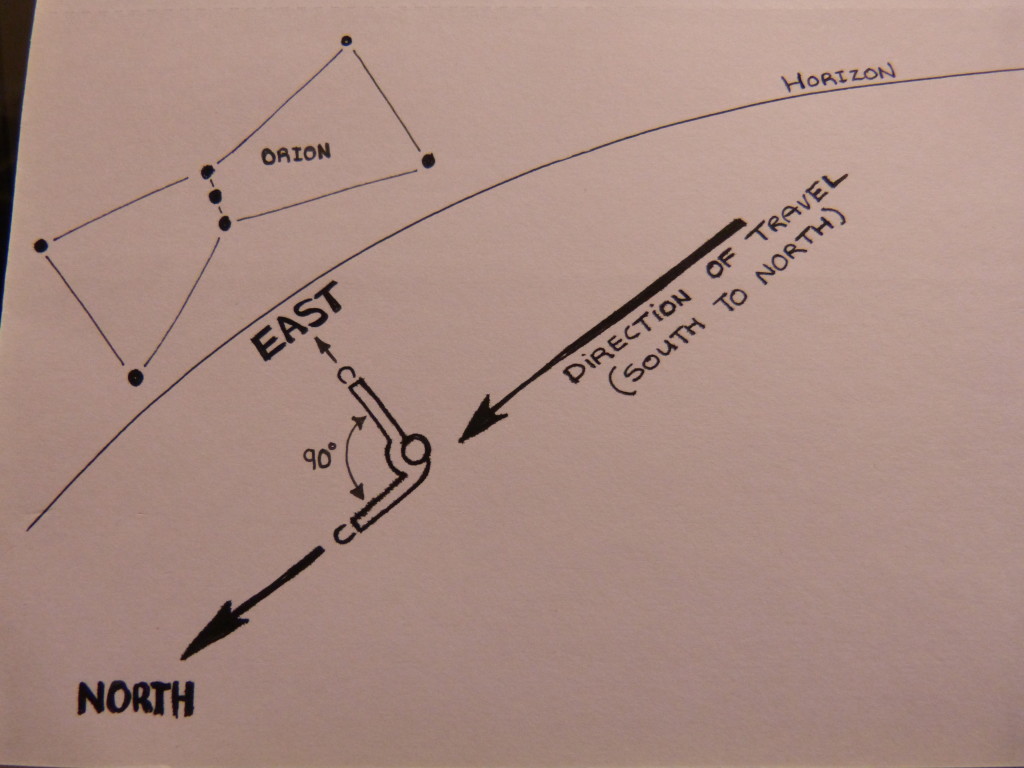
A quick way to check for east while travelling north. It's helpful to know when Orion is due to arise from the east (Drawing: Sean Fagan).
.
I now have three directional guides (my compass, the North star and an ascending Orion (to the east)) that all correlate with each other to steadfastly confirm that I’m on the right path to my northerly destination.
You might think that knowing the position of two navigation markers such as Orion and the North star and using those markers while navigating with a compass is an unrealistic and impractical aspiration. It’s not.
What is required to gain competency is some night-navigation practise on a reasonably regular basis to ingrain the position of these important celestial markers into your long-term memory – again, it really doesn’t take that much time to gain competency.
Night-hiking during the winter will give you a good familiarity with Orion and many other constellations, stars, planets, the moon and their associated movements.
It’s very feasible to incorporate quite a few celestial objects into night-navigation.
Challenge yourself to navigate with as many as you want – for example, using the moon, planets and stellar markers such as Sirius along with the North star and Orion is very feasible and not that hard once you become familiar with the night sky.
ASTRONOMY WEBSITES & APPS
I highly recommend that you make a habit of checking good astronomy websites and astronomy apps (especially during the long nights of winter, when astronomy can be more conveniently practised).
Using good astronomy websites will enable you to become more familiar with the exact position of the different navigational markers on any given night. As already stated, Orion rises in the east at different times during winter and early spring. Knowing when Orion will rise from the eastern horizon will give you an idea of when and where Orion should be visible in the night sky.
If you are, for example, hiking on the 1st of December’s at 7pm and Orion is due to rise from the east at 8pm that night, then it’s pointless looking for Orion at 7pm.
However, if you are still hiking at 8pm, and Orion slowly ascends into view - you know you are looking at the eastern horizon. That’s when a little fore-knowledge of when Orion rises in the east (via good astronomy websites or astronomy apps) will serve you well before you start your night-hike.
A list of all the astronomy websites I recommend is found at the end of this article.
The other reason why I like to periodically check good astronomy websites and astronomy phone apps is that, besides presenting current information about the position and movements of navigable, celestial objects - many astronomy websites will also present other pertinent Bushcraft information - such as solar noon times and sunset/sunrise times – information that can be used by the Bushcrafter.
Astronomy - Food for the Soul
Whether you are sitting by a campfire or hiking at night with clear skies – taking note of the slow passage of celestial objects across the night sky is a great way to connect with nature and can be deeply inspiring.
I cannot recommend astronomy enough. Astronomy reconnects us with something many of us have lost - the allure of the night sky. The long winter nights do not have to be perceived as foreboding nor associated with a significant curtailment of outdoor pursuits. With astronomy and night-time navigation a new world is opened up, and what a world it is.
Fiery planets, collapsing stars, immense galaxies and the silent, silver face of the moon are all distinct features, among others, of the night sky. Where else can you watch a show so epic in scale, so imbued with the grandeur of antiquity...for free?
Each year when Orion finally subsides away in spring I feel a slight twinge of loss. The night sky seems all the more poorer without the proud outline of Orion adorning the cosmos…
But there is always next winter when Orion will once again, re-emerge, and begin to serenely cast its unique, luminous pattern for all those who enjoy, and navigate by, the chilly night skies of winter.
.
“I’ve loved the stars too fondly to be fearful of the night.”
Galileo Galilei
.
.
Have Safe & Great Adventures, Pioneer Bushcraft.
.
Related articles on this website:.
References:
(1) http://www.hawaiihistory.org/index.cfm?fuseaction=ig.page&CategoryID=311 (2) http://news.bbc.co.uk/2/hi/science/nature/2679675.stm.
Recommended Astronomy Websites:.
*Check us out on Instagram, Twitter & Facebook for more outdoor-related topics. Introducing Thor Heyerdahl (Polynesian Scholar & Explorer)In 1947, Norwegian explorer, Thor Heyerdahl, sailed into the pacific (in a traditionally-crafted Polynesian boat) on a 101 day, 4,300 mile voyage using early Polynesian navigation techniques to find his way. His experimental voyage was the stuff of incredible achievement (and validation of Polynesian seamanship). Below is a link to an article outlining his life and his reasoning behind his remarkable Pacific voyage.
New York times article about Thor Heyerdahl I've also included a short video narrated by Thor himself, outlining his phenomenal Pacific Ocean voyage on his boat - the Kon-Tiki...*Please note, this article refers to astronomy of the Northern hemisphere (even though Orion can be seen in the Southern Hemisphere).
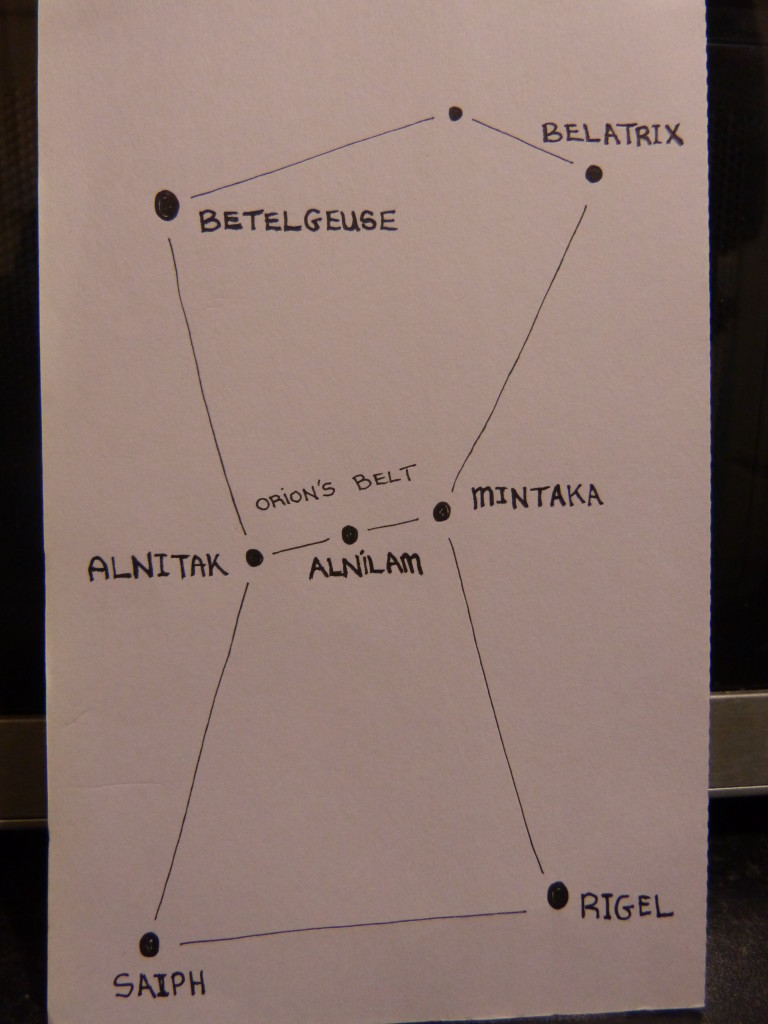
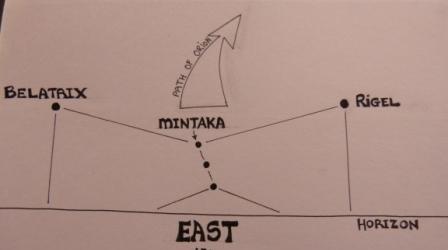

Recent Comments